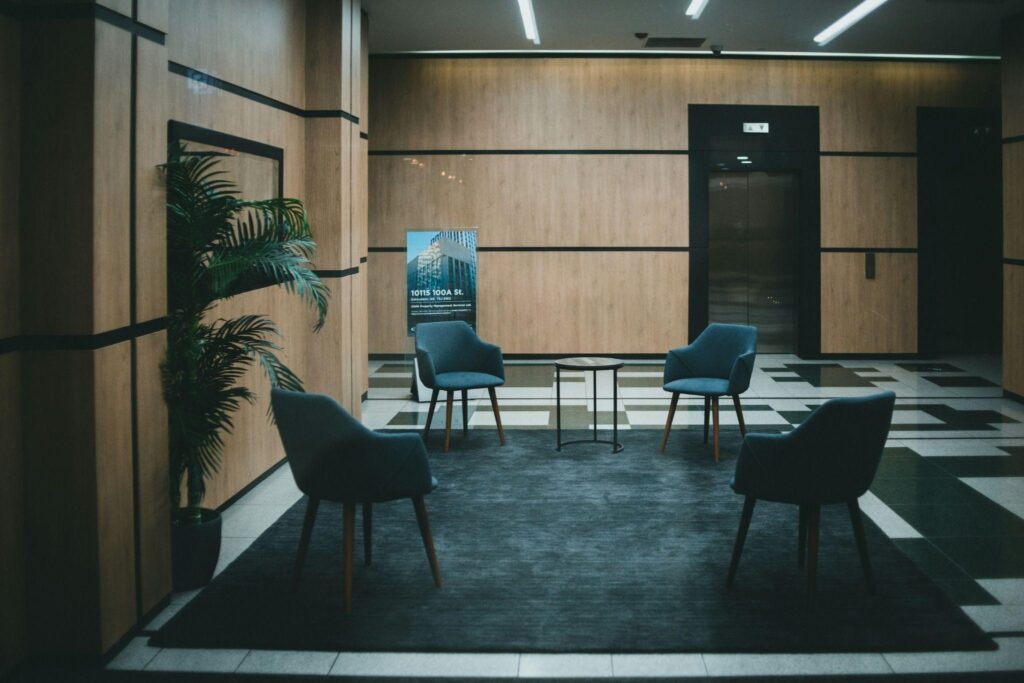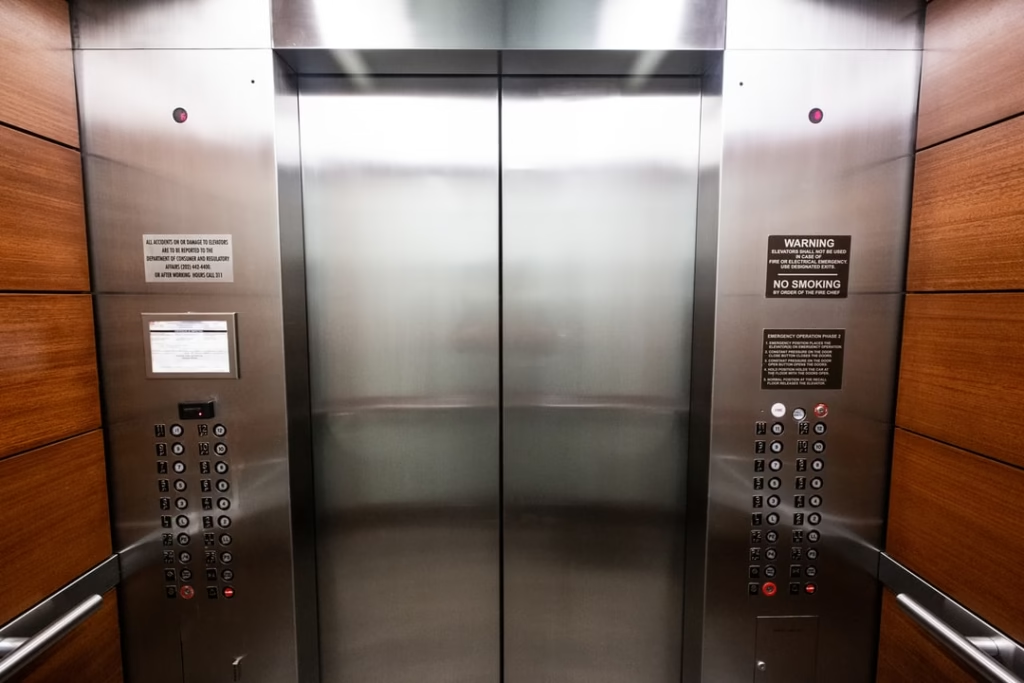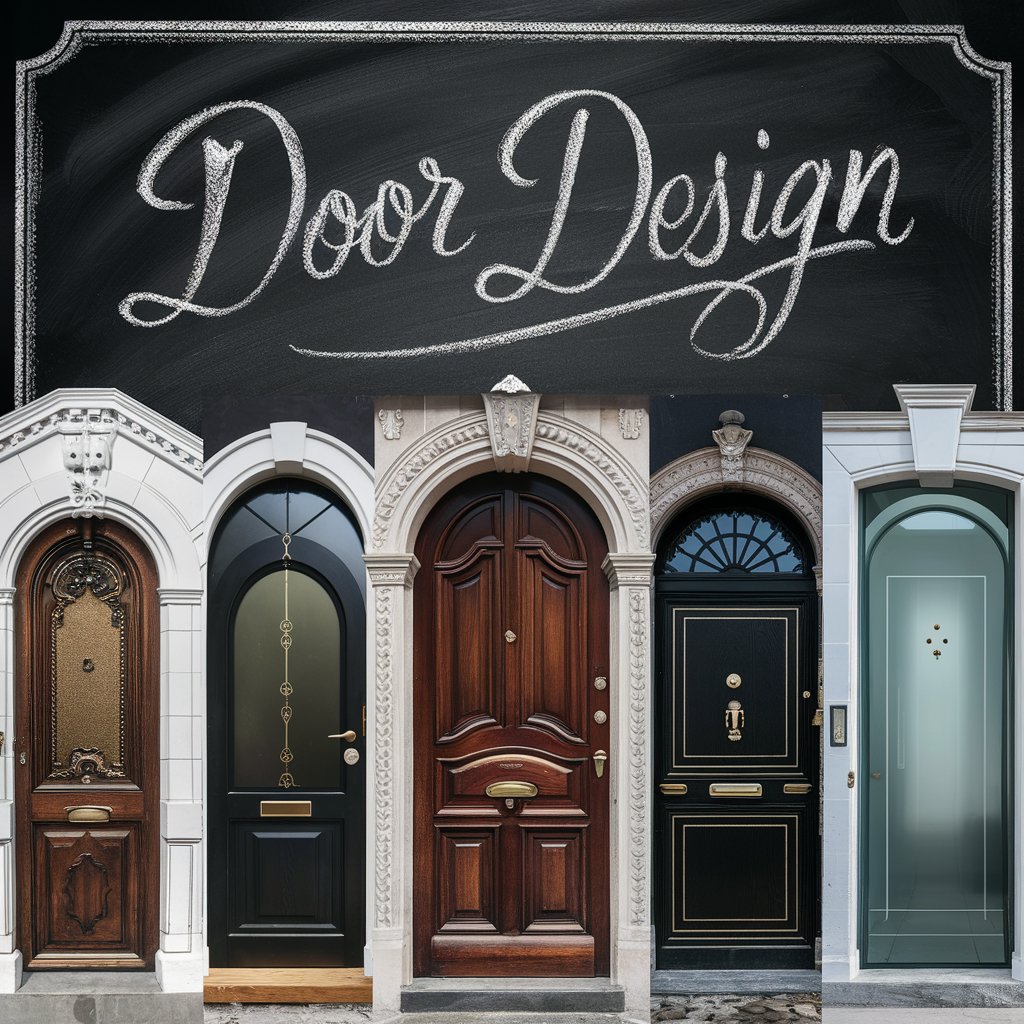Therapy has moved from a hushed, private affair into something far more visible. You’ll see people posting about sessions, showcasing self‑care routines, and framing mental health as part of their identity. This shift is good—more people feel safe getting help. But it also raises a question: is therapy becoming a cultural “flex”? When does real self‑care cross into commodification of mental health?
Here’s what we’ll cover: how therapy became normalized, where the aesthetic shows up, how it turns into a status symbol, and what that means for you.
How Therapy Lost Its Taboo
The rising acceptance of therapy
Not long ago, going to therapy carried a stigma. Today, more people openly talk about seeing a therapist, practicing mindfulness, or taking mental health days. Media, social media influencers, and public figures helped shift the narrative. Studies show that culture and society shape how people view mental health and when they seek help.
Access and commercialization
Therapy services became more accessible—online platforms, wellness retreats, even apps. That also means therapy became a service you purchase, not just a private act of healing. Some facilities offer premium experiences, vacation‑style settings, and added amenities.
For example, some people are referred to high‑tier residential programs for complex issues. One such facility advertises its luxury setting for those needing intensive care. Consider that high cost + luxury = status.
A visual shift
You now find posts like “My therapist told me…” or “Healing retreat week one” on social feeds. Therapy isn’t just about symptoms anymore—it’s beside “wellness brunch” and “self‑care Sunday.” It becomes part of the aesthetic. There’s a kind of branding of mental health happening.
When Self‑Care Becomes a Performance
The aesthetic of “I do therapy”
When therapy becomes a badge, you’ll spot cues: branded journals, mood trackers, minimalist therapy room shots, “therapy day” selfies. It’s no longer just about healing; it’s about showing you’re “well” in a certain way.
That aesthetic is part of the commodification of trauma and mental‑health culture. One essay argues that in consumer culture, trauma and mental illness become “shareable vibes” rather than deeply processed experiences.
Social media’s role
Platforms reward visibility. If you post a restaurant meal you made, Instagram-worthy. If you post your therapy progress, it’s also “influencer currency.” You see hashtags like #mentalhealth, #therapyworks, #selfcare. You see it in reels, slides of therapists, follow‑ups, “check‑in” posts. Slowly, it shifts toward “Look how committed I am to wellness.”
Luxury wellness meets mental health
Wellness brands, retreats, and luxury therapy centres lend an aspirational air. You might see retreats where therapy is part of the package, alongside spa, yoga, and healthy meals. In the U.S. and globally, you’ll find high‑end centres offering “treatment with comfort.” For instance, if you’re looking for treatment for mental illness in Florida, high‑cost programs are targeting affluent clients.
One such place brands itself around comprehensive treatment and premium accommodations: Treatment for mental illness in Florida
The concern: access becomes tied to wealth, rather than need, and wellness becomes a luxury good.
The Fine Line: Genuine Healing vs Status Flex
What’s genuine therapy?
Real therapy means you show up with vulnerability, you work through issues, you follow a process—and it’s not always photogenic. Real therapy is messy, private, and feels uncomfortable at times.
It means you commit regardless of how it looks to others. It means you’re not following a trend—you’re addressing your life.
When it turns into a flex
You start posting about “I’m in therapy” for likes more than healing. You pick sessions just for aesthetic, not need. You consume wellness tools but ignore the hard work. You treat mental health like fashion. That changes the underlying purpose.
If therapy becomes part of your identity in the sense of “I’m the kind of person who does therapy,” you might focus more on image than insight.
Why this matters for you
When therapy is a status symbol:
- Some people who need help might feel excluded if they don’t have access or can’t afford “wellness‑therapy.”
- It can increase pressure to appear healed rather than actually healing.
- It can blur the line between real work and performance.
- It can inflate expectations—you Instagram a therapy snapshot, but the actual work is slow and not glamorous.
Commercialisation and the Mental‑Health Industry
Costs and stratification
Therapy isn’t equally accessible. Many therapists take insurance; many don’t. High‑end wellness retreats cost thousands. When a service becomes premium, it shifts away from being universal. Some people go into intensive programs for addiction or mental illness—think of programs like Fresno Drug and Alcohol Detox, which underscore how the industry around mental health cares about comfort as well as care.
Marketing of wellness
Wellness companies package mental health with lifestyle goods: mood‑tracking apps, journals, therapy‑adjacent retreats. The product becomes “I do therapy and look relaxed doing it.” That packaging changes the context. It can trivialize serious struggles.
Flattening of experiences
When your trauma gets transformed into a trend, you risk simplifying anything complex into “bad day + self‑care routine” instead of deep processing. That aesthetic flattening is part of the critique.
How to Use Therapy Responsibly
Ask yourself why
When you pick a therapist, ask: “Am I doing this because I want to heal or because I want the image of healing?” Good therapy starts with need. Not with the look of needing help.
Choose access over aesthetics
Focus on finding someone you connect with—not just someone whose office looks like a magazine shoot. If you’re looking at luxury retreat prices, check what the actual treatment is.
Stay private about the process
You don’t have to post your check‑ins, your weekly session selfies, or your “feel‑good” quotes. Real healing is private. You decide what you share. You decide how much of your journey is public.
Monitor your motives
If you find yourself thinking “Now I can tell people I’m in therapy,” pause. That motive shifts focus. It’s not about showing, it’s about working.
Remember: Healing isn’t linear
You won’t always have the posts to go with the progress. You’ll have silent days, setbacks, and repetitions. Wellness branding may suggest clean progress—life isn’t clean. Accept the mess. Accept the slow. Accept that it’s okay.
The Bigger Picture: Culture, Access, and Authenticity
Therapy’s growing visibility is a win. It helps reduce stigma. But culture shapes how you experience help. Norms, technology, and consumerism all play parts.
When therapy becomes an aesthetic, you risk exclusion: those without resources, without access, without a “wellness brand” may feel left behind. Access shouldn’t depend on currency.
Finally, authenticity matters. You don’t need the certified Instagram feed of therapy to mean you found help. You need the real work. The effort. The change.
Conclusion
Yes, therapy has entered a new era—one where it’s more visible, more normalized, even more aspirational. That in itself is positive. But it also brings risk: therapy as status symbol, packaged, posted, performed.
For your journey, focus less on the look and more on the work. Seek the therapist or service you need, not the one that looks best. Use therapy to heal—not to signal. Keep the aesthetic optional. Keep the healing real.






